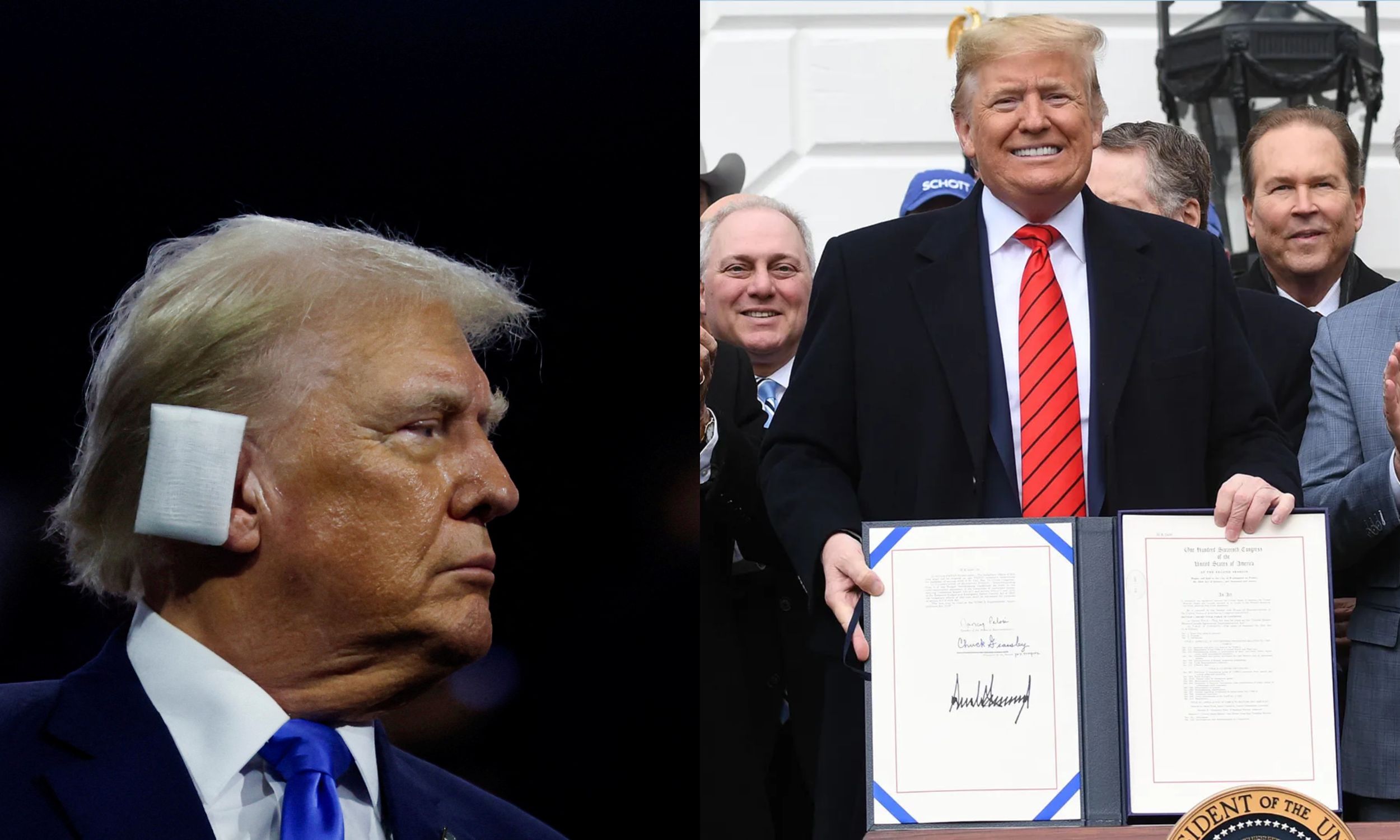Donald Trump announced plans last month to implement hefty tariffs on products from Canada, Mexico, and China immediately after assuming office. He proposed a 25 percent tariff on Canadian and Mexican goods and a 10 percent tariff on Chinese imports, framing these measures as a way to halt drug trafficking, especially fentanyl, and address illegal immigration.
Throughout his campaign, Trump championed tariffs as a solution to revive factory jobs, reduce national debt, and fund childcare initiatives. However, this strategy is riddled with flaws in both its economic rationale and political feasibility. While illegal immigration from Canada has seen a slight uptick, it remains minimal compared to the southern border. Canadian authorities are already taking steps to manage this issue.

Meanwhile, stricter policies in Mexico and new measures introduced by President Biden have reduced southern border crossings to their lowest levels in four years. Among the apprehended illegal immigrants this year, less than 16,000 had criminal convictions, mostly for minor infractions like illegal entry or DUI offenses.
The opioid crisis has also shown signs of improvement, with fentanyl-related deaths declining for the first time in years. This progress is likely due to enhanced drug seizures at the border, disruptions in Mexican cartel activities, and weakened supply chains for Chinese fentanyl precursors.
Trump’s tariff proposal risks undermining the USMCA, the revamped NAFTA agreement he had proudly signed in 2018. Although the agreement allows tariffs in matters of national security, existing rules require a clear link between such measures and their impact on specific industries—not as leverage for unrelated issues.
America’s trade relationships with Canada, Mexico, and China are vital, as these countries supply essential goods like crude oil, fresh produce, and auto parts. Tariffs on these products would inflate prices, with economists estimating the annual cost per American household in the thousands. Some industries, like agriculture, are especially vulnerable; during the last tariff war, U.S. farmers suffered a $27 billion income drop, partly offset by federal bailouts.
China, anticipating such measures, has diversified its production and could retaliate through currency adjustments, resource restrictions, or shifting supply chains. Recent actions, like banning exports of critical minerals, already hint at potential countermeasures.
Modern tariff wars rarely produce clear winners, and public opinion reflects this reality, with many Americans believing higher tariffs will result in price increases. Some analysts speculate that Trump might soften his stance to avoid economic turmoil, particularly given the stock market’s optimism compared to the pessimism in Asian and European markets.
Diplomatic moves, such as Canadian Prime Minister Justin Trudeau’s visit to Mar-a-Lago, may also help diffuse tensions. Additionally, Trump’s exaggerated claims of agreements with Mexico could provide a pretext for scaling back his tariff threats while framing the outcome as a victory.
If Trump decides to retreat from these aggressive tariff plans, it would likely bring relief to global markets and households alike. His ability to reverse course could signal a more pragmatic start to his second term, even as questions linger about the long-term viability of such trade policies.
